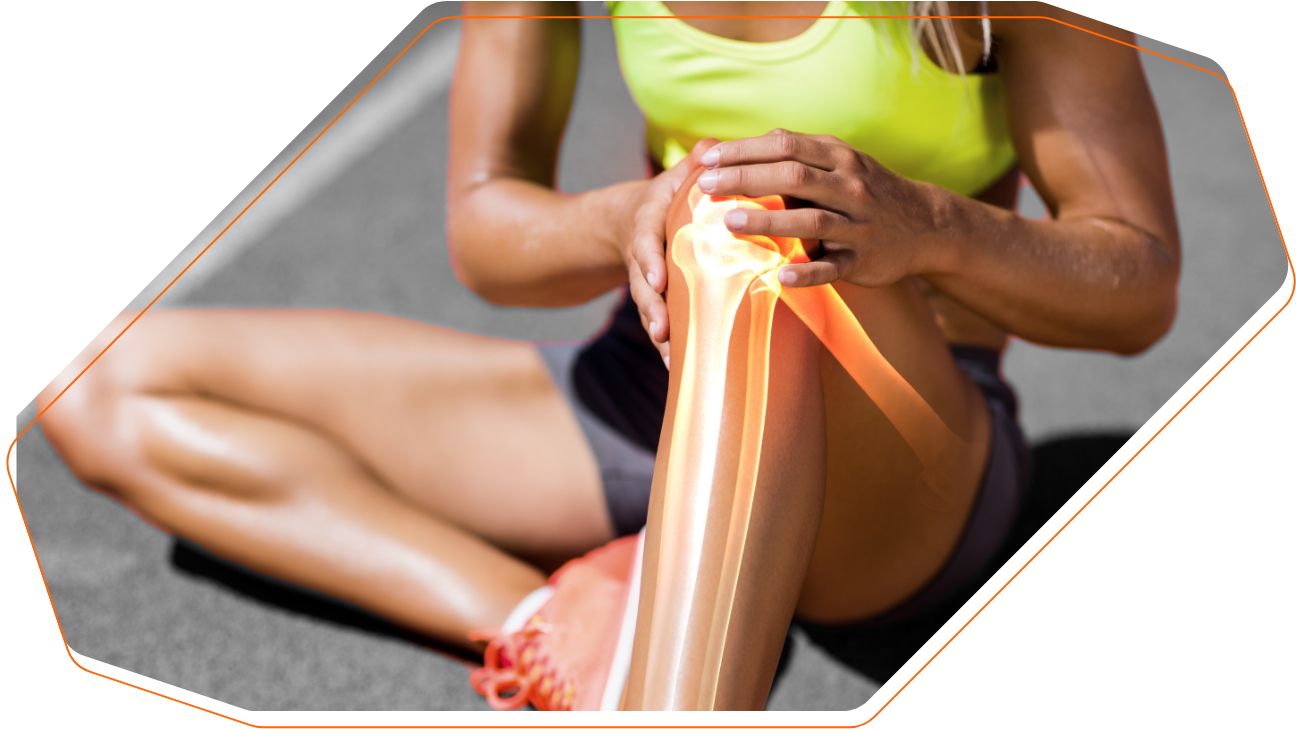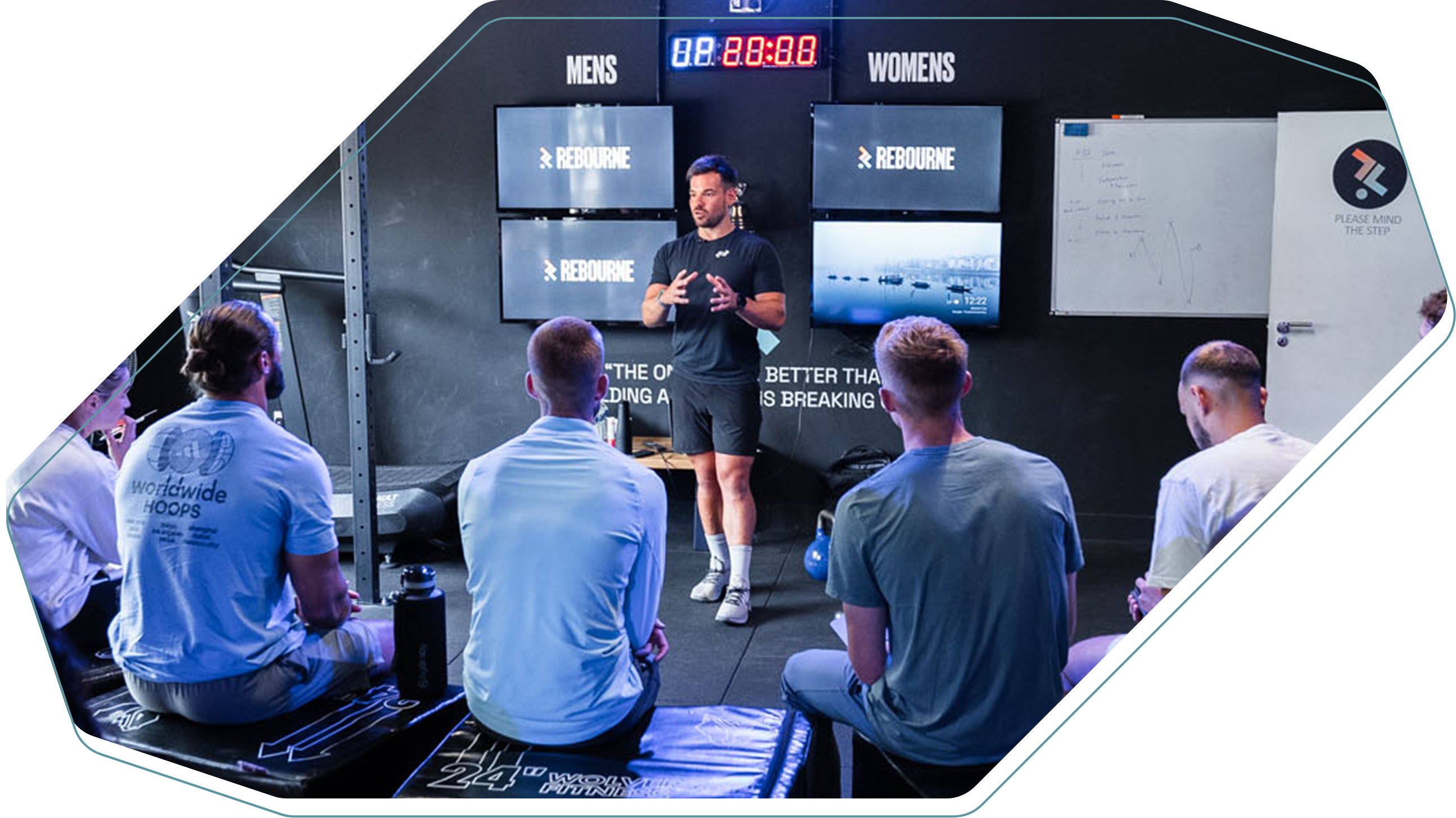Common Running Injures: SHIN SPLINTS AND RUNNER’S KNEE

Running is only fun when it’s pain-free, correct? Pulled muscles, shin splints and knee pain are all sure-fire ways to knock your mood, motivation and most significantly – your performance. The nature of running poses overload to the body in relatively consistent areas, amplified by increasingly sedentary daily routines. But that’s not to say running isn’t good for you..
If you’ve previously been told “running is bad for your knees”, this isn’t technically true. Here are a couple of myths and truths that may just cushion the blow if you’re currently dealing with an injury:
Myth:
Running will wear down your cartilage and cause you knee pain.
Truth:
Running will assist in the development of bone density and will keep the cartilage healthy by keeping the joint lubricated (through the secretion of synovial fluid).
Myth:
Running is bad for your tendons.
Truth:
Running will develop tendon thickness, tensile strength and structural support.
Shin splints and knee pain are two of the most common overload injuries we see with runners. Both can be stressful, both can be incredibly limiting and both are often poorly explained within the health and fitness space. The reality is, neither have to – or should – define or dictate your training and we are here to share solutions.
Shin splints
Cause
Shin splints (or medial tibial stress syndrome) occur when muscles, tendons and tissues around the tibia become inflamed, usually resulting in pain around the shinbone. As well as being common amongst runners, the complaint can also happen as a result of a ramped up training plan that causes a sudden overload to unprepared structures.
Cure and prevention
Whilst many will advise that ‘rest’ is the answer, this will only get you so far. There is a root cause with shin splints and that is weakness.
To avoid shin splints, the structures around the ankle and lower body must be strong. MBP recommend integrating the following simple single leg drills into your training:
– Single Leg Calf Raise
– Tibialis Anterior Raise
– Longer Based Split Squat
– Single Leg RDL
– Box Step Up
– Low Level Plyometric Exposure (e.g. Landing Mechanics, Pogo Jumps and Single Leg Hop variations)
Work hard to build and maintain your lower body strength, progressively build your running volume and we guarantee the frustration of shin splints will become a thing of the past.
Anterior knee pain [also referred to as patellofemoral pain, tendinopathy or runners knee]
Cause
The most common cause of knee pain is overload, whereby pain is caused either through structural issues or weakness. Weakness can be defined as the muscular strength of the surrounding structures causing a change in the loading of the knee.
*Obviously the exception is direct injury to the structures (ligaments, tendons or cartilage of the joint) for which the rehabilitation process would be addressed differently.
Modalities such as running, squatting, cycling or any excessive anterior loading to the knee will often cause inflammation when volume increases/passes the capacity of the muscles and joint.
Cure and prevention
We regularly get asked about knee pain when running and how to train around it. Here lies the issue – we shouldn’t be training around knee pain, but instead should be training our body’s structures to limit knee pain.
How to rid knee pain:
1. Ensure the knee is functional
Does the knee flex, extend and facilitate enough rotation to deal with the demands you’re putting it under? Do the joints up and down the chain (e.g. hip and ankle joints) also have sufficient mobility? If the answer is yes, great! If the answer is no, restoring function should be your first priority.
2. Strengthen around the knee
For stability at the knee, the quads, hamstrings, calves and glutes all need to be strong.
MBP movement recommendations: Loaded Cyclist Squats and Tibialis Anterior Raises.
3. Perform isometric exercises
Isometrics are static muscle contractions under load that build strength and stability around the joint. MBP movement recommendations: Wall Sits and Split Squat Holds.
4. Train the prime movers in isolation
What we mean here is training the quad (knee extension) and training the hamstrings (knee flexion).
5. Practice movement sequencing
Your training should translate directly to your chosen modality, i.e. running! Your focus should therefore be training full body movement patterns whilst favouring single leg exercises.
If running injuries are holding you back, apply now for 1-1 Bespoke Coaching and let The Movement Blueprint guide you back full performance!


